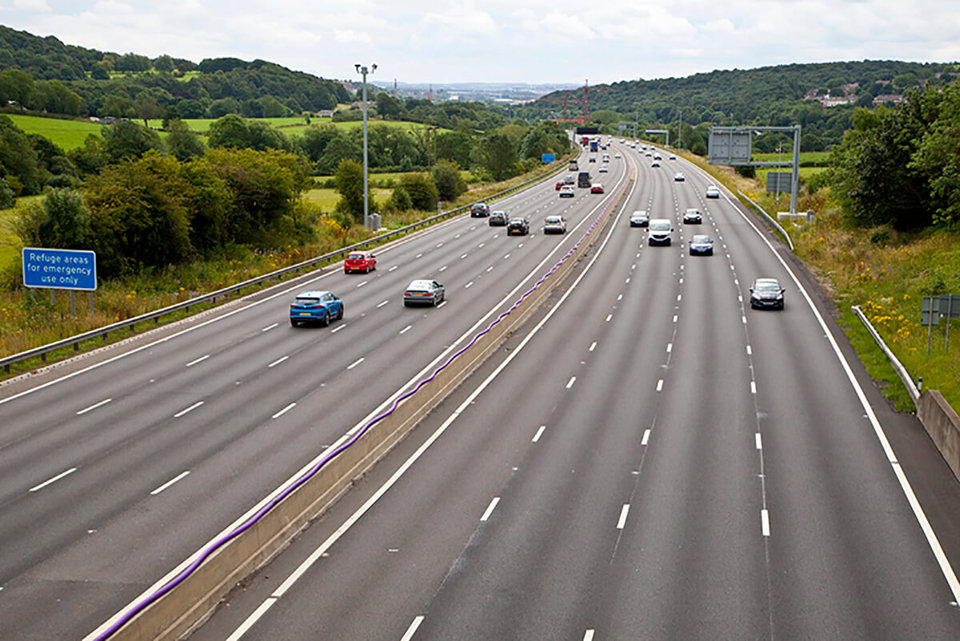A mileage management system has helped a fleet slash the amount of business miles being claimed by more than a quarter.
Heinz UK and Ireland has seen it its mileage claims fall by 28%, while also reducing its pence per mile rate by 10%, thanks to Vertivia’s internet-based software.
But, while it has slashed its fuel bill by hundreds of thousands of pounds, accurate mileage capture has also made carbon emissions calculations possible.
So much so, that the average emissions for Heinz’s 410 company and privately owned vehicles has been cut by more than 10% from 168g/km of CO2 to 150g/km and is 132g/km for its 2010 vehicle orders.
“The system provides a full fuel analysis that wasn’t available before,” explains Vertivia sales director Paul Chater.
“It’s brought about a reduction in claimed mileage by removing an element of exaggeration in the distances covered by drivers. However, it’s also achieved a reduction in travelled mileage just by encouraging drivers to think a bit smarter about the trip in the first place.”
The system is set up with company and drivers’ details and drivers are asked to confirm important information about their health, driving record and car by simple tick boxes.
Use of postcodes allows mileage to be automatically calculated and regular destinations can be established and reused by drivers as required.
Drivers can also be incentivised to help reduce mileage against a prior period and a graphical function makes analysis easily understandable.
Meanwhile, administrators have the ability to customise certain parts of the software and have information displayed at a variety of levels such as driver, cost centre, job code or company.
Phase one of the project with Heinz was to transfer 200-plus Heinz company car fleet on to Vertivia’s mileage management system, while phase two has involved adding the cash allowance drivers.
“Before using a mileage capture system, the drivers used an excel-based pay and reclaim system at advisory rates,” says Chater.
“Mileage data was difficult to obtain and there was the understandable driver concerns regarding the fairness of the reimbursement rates.”
Its average reimbursement rate was 12.4 pence per mile and its annual fuel spend was £640,000.
Chater explains that the objectives of the project were therefore as follows:
- Use a form of mileage reporting/reclaiming that met the requirements of the three main stakeholders – the drivers, the company and HMRC.
- Leverage the operational and purchasing benefits bestowed by fuel cards without any concerns re fuel scale benefit.
- Support a transparent reimbursement regime that would also allow for driver efficiency to be captured.
- Capture mileage data for analysis and future management.
A choice of fuel cards – matched to suit the driver’s fuel type, geographical footprint and to maximize purchasing savings – was offered to drivers. They also had the option to continue to use advisory rates on a pay and reclaim basis.
For those drivers using fuel cards, the total fuel card bill is deducted from the employee via payroll and at the same time the business mileage is reclaimed by the driver at the calculated pence per mile given by the fuel cost.
“This arrangement averts any issues with drivers being delinquent in reporting private mileage and the company recovering that private fuel cost thus preventing any unintended fuel case benefit issues,” says Chater.
“Drivers electing to take a fuel card and go on to a fuel at cost regime outnumber by three to one those drivers electing to continue on a pay and reclaim advisory rate regime.
“Average reimbursement rates are 0.875p per mile lower for fuel at cost drivers than for advisory rate drivers.
“Actual MPG performance is currently 26% lower than the published combined MPG although the ability to report on this data is allowing for improvement plans to be made.”
Without careful control of business mileage employers are leaving themselves open to considerable costs that are almost impossible to quantify.
Employers must recognise it’s not just the waste of fuel but increased running costs and employees’ time that all impact on the bottom line.
Essentials of mileage management
Any mileage capture system must have several core attributes in order to achieve maximum results:
- It must reduce administration for both the company and importantly the driver.
- It should be flexible enough to cover all types of fuel payment methods and reimbursement rates.
- It should provide analysis information that can be used by managers to help reduce wasted journeys.
- It must report on all types of vehicle including relief cars, pool cars, private cars etc.
- It should be able to satisfy Revenue reporting needs and assist with corporate governance issues.
- It must stop creative or fraudulent expense claims.

















Login to comment
Comments
No comments have been made yet.